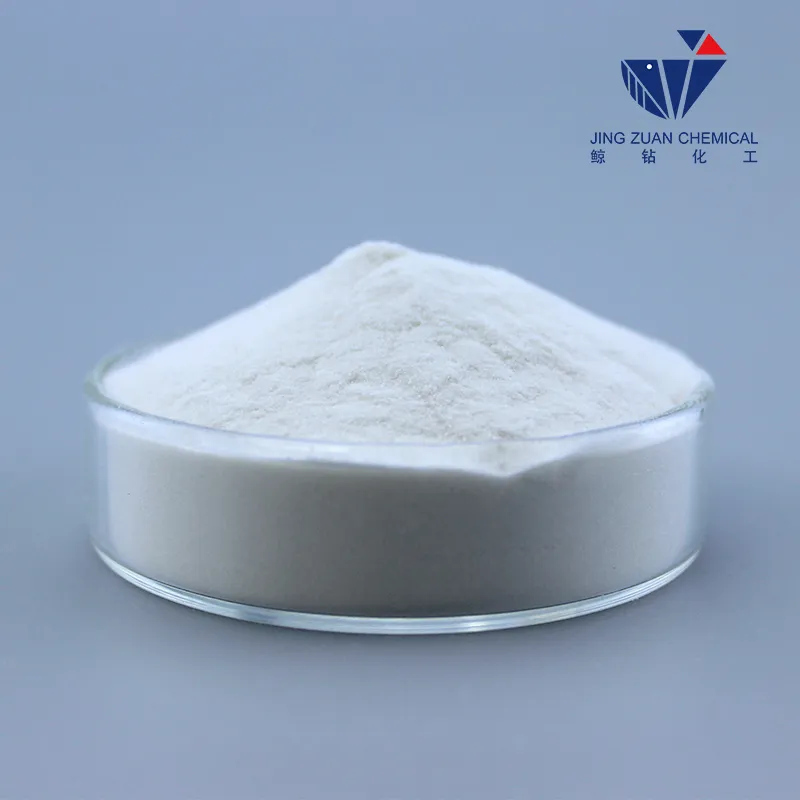
Dec . 10, 2024 04:48 Back to list
hypromellose hpmc
Hypromellose (HPMC) An Overview of Its Applications and Benefits
Hypromellose, commonly referred to as HPMC (Hydroxypropyl Methylcellulose), is a versatile cellulose derivative that has gained significant popularity in various industries due to its unique properties and functionalities. This compound is a semi-synthetic polymer derived from natural cellulose, a structural component of plant cell walls. HPMC is known for its ability to dissolve in water and form viscous solutions, making it an essential ingredient across diverse applications, from pharmaceuticals to food products.
Pharmaceutical Applications
One of the primary uses of HPMC is in the pharmaceutical industry, where it serves as a binder, film former, and controlled-release agent in tablet formulation. Its excellent film-forming capabilities allow for the production of high-quality, coating films that enhance the appearance and stability of medications. Moreover, HPMC is widely used in hydrophilic matrices for controlled drug release, effectively managing the rate at which a drug is released into the bloodstream. This is particularly important for medications requiring sustained therapeutic effects over extended periods.
Additionally, HPMC is utilized in ophthalmic solutions and gels due to its ability to retain moisture and act as a lubricant, making it an important element in eye care products. Its non-toxic and biocompatible nature makes it suitable for various medical applications, contributing to patient safety and comfort.
Food Industry Applications
Hypromellose (HPMC) An Overview of Its Applications and Benefits
Additionally, HPMC is utilized in gluten-free and low-carb products as a major alternative to wheat flour. Its gelling properties help trap air, improving the texture of baked goods without the need for gluten, which is particularly beneficial for individuals with celiac disease or gluten sensitivity.
hypromellose hpmc

Construction and Chemicals
HPMC finds applications beyond food and pharmaceuticals, extending into the construction and chemical industries. In construction, it is used as a polymer additive in cement and mortar, enhancing workability and water retention. This property ensures better adhesion and durability of building materials, making HPMC an important component in construction projects.
In the chemical industry, HPMC is utilized in the formulation of various products, from paints to adhesives. Its thickening and stabilizing properties contribute to the development of high-performance materials that meet industry demands for quality and consistency.
Safety and Environmental Considerations
One of the notable benefits of HPMC is its safety profile. Hypromellose is non-toxic, non-irritating, and hypoallergenic, making it suitable for a wide array of consumer products. It poses minimal environmental impact as it is made from renewable resources, aligning with the increasing demand for sustainable materials in various sectors.
Conclusion
In summary, Hypromellose (HPMC) is a remarkable compound with a broad spectrum of applications across different industries. Its versatility as a binder, stabilizer, and thickening agent makes it indispensable in pharmaceutical formulations, food products, and construction materials. As consumer awareness about natural and safe ingredients continues to grow, HPMC is likely to see increased demand and innovative applications in the years ahead. Its unique properties not only enhance the performance of various products but also contribute to a safer and more sustainable future.
-
Versatile Hpmc Uses in Different Industries
NewsJun.19,2025
-
Redispersible Powder's Role in Enhancing Durability of Construction Products
NewsJun.19,2025
-
Hydroxyethyl Cellulose Applications Driving Green Industrial Processes
NewsJun.19,2025
-
Exploring Different Redispersible Polymer Powder
NewsJun.19,2025
-
Choosing the Right Mortar Bonding Agent
NewsJun.19,2025
-
Applications and Significance of China Hpmc in Modern Industries
NewsJun.19,2025







